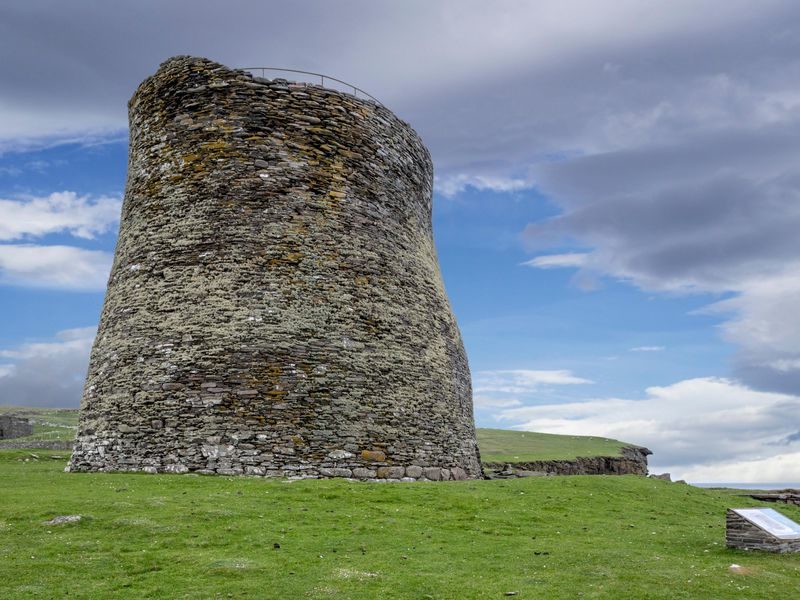
In the years since, the charity, which derives its name from the circular stone towers at the heart of its mission, has prioritized the preservation of existing brochs across the region. But as Libby Brooks reports for the Guardian, the organization was just weeks away from launching its "flagship experiment" — using authentic Iron Age building techniques to construct a modern replica of the formidable structure — when Great Britain went on lockdown due to COVID-19. For now, at least, it appears the rebirth of Scotland's brochs will have to wait.
Brochs are unique to northern and western Scotland, with the majority found in Caithness county, according to the Scotsman. A replica tower could help archaeologists understand how Iron Age masons created the structures without using mortar to hold the stones together.
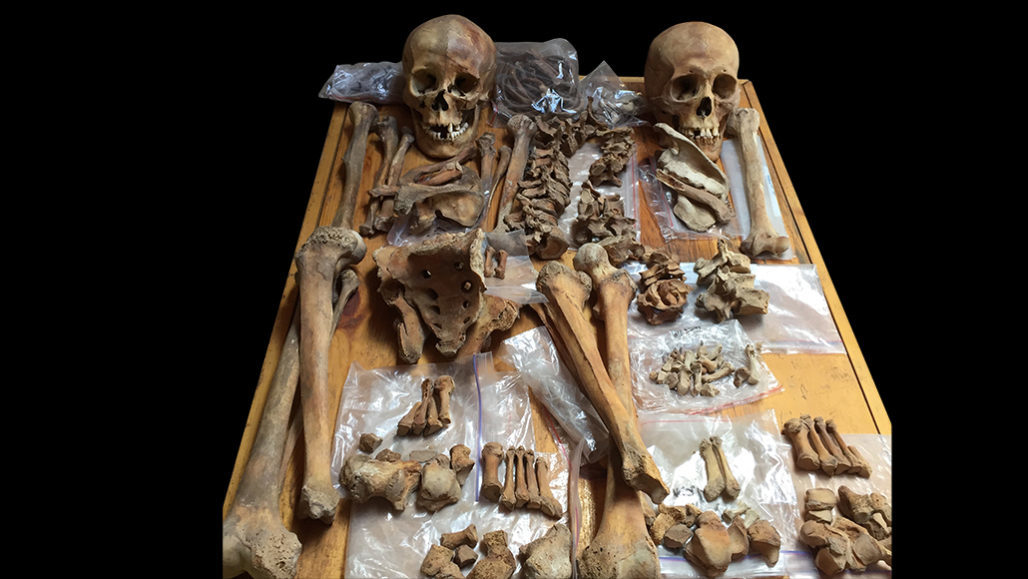
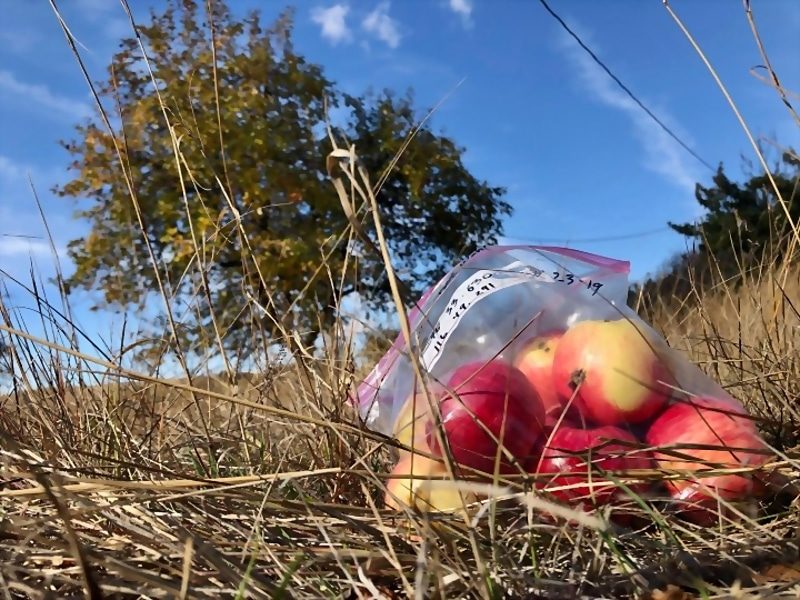
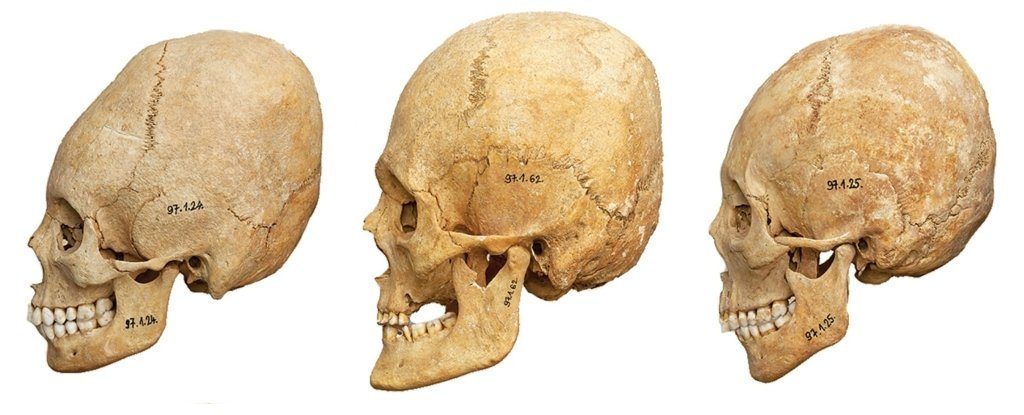
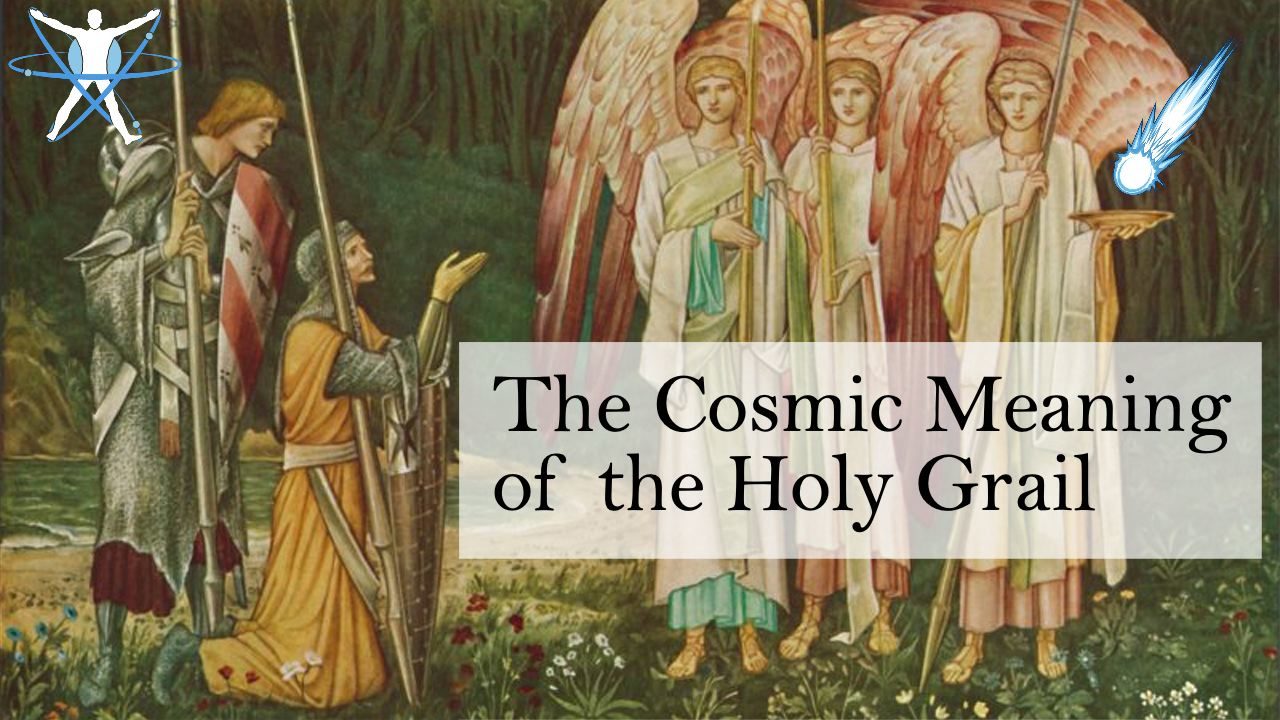
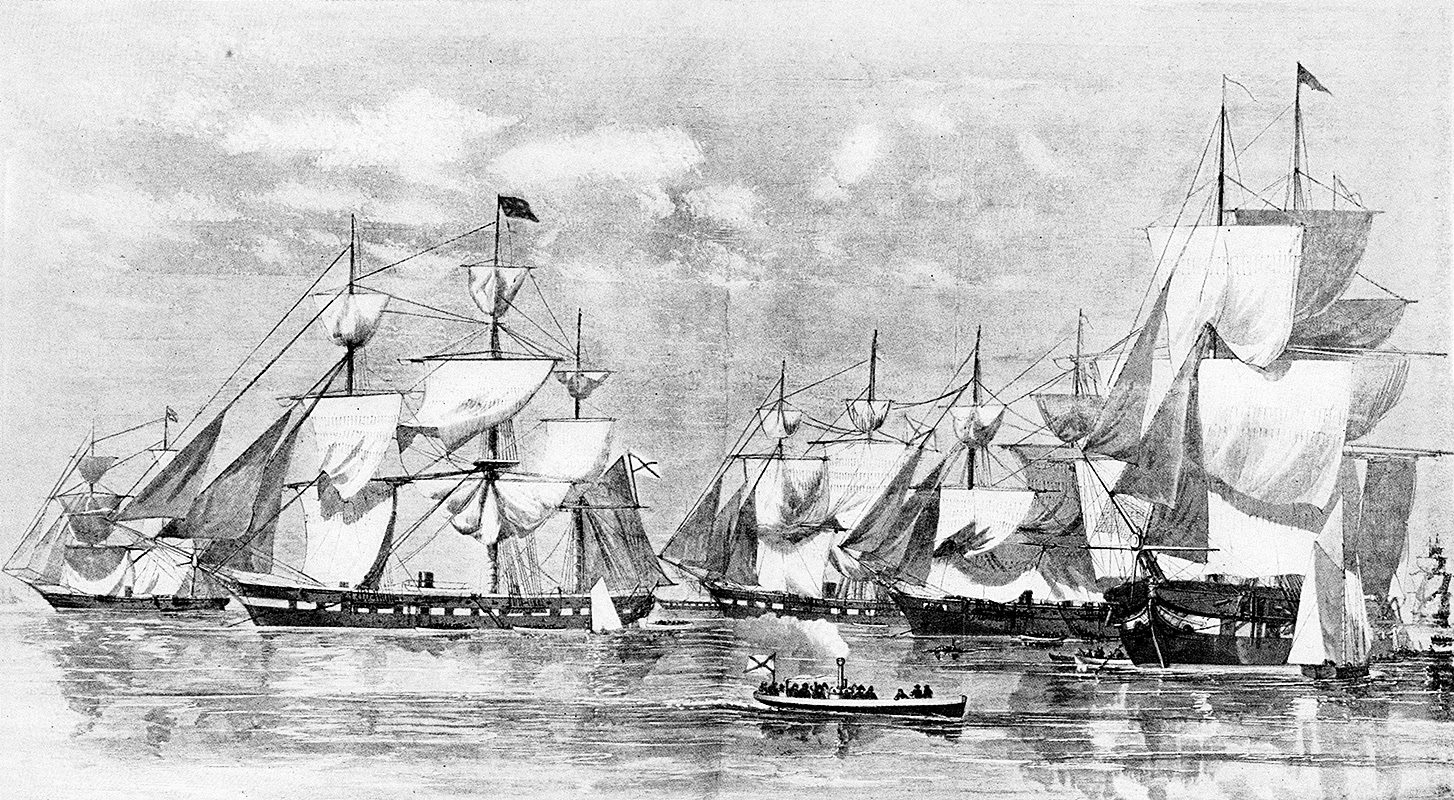
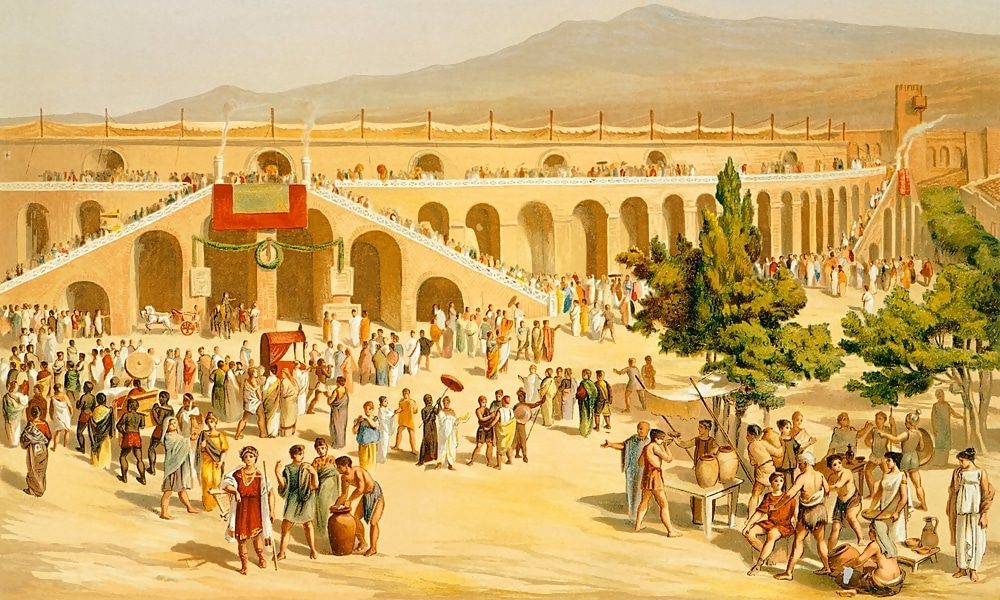
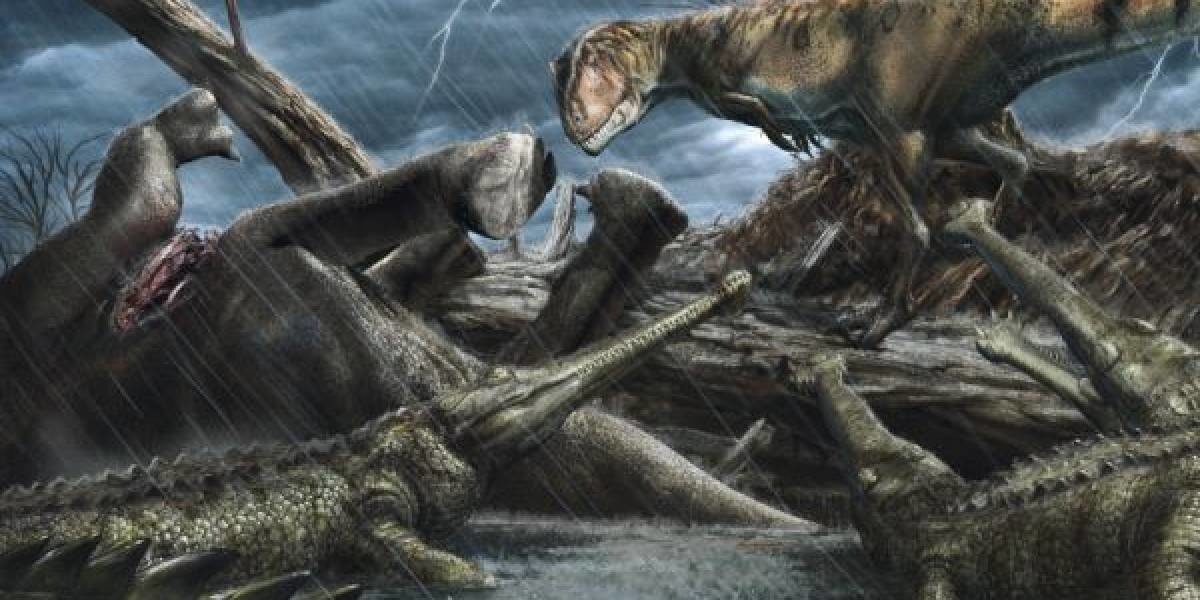
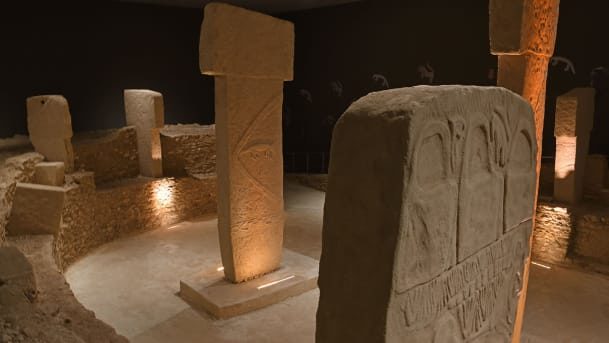
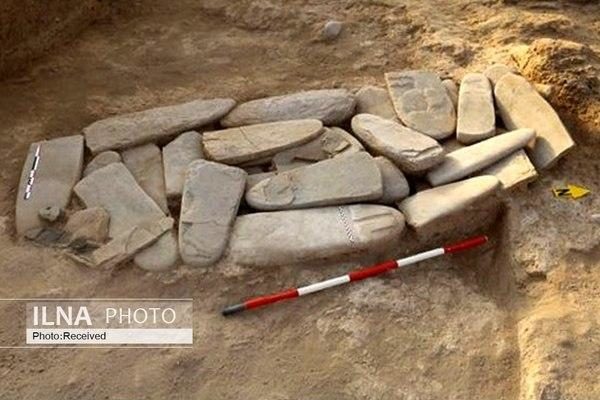



Comment: Could they have had a similar function as Ireland's round towers? Or Bologna's towers?
- Crannogs: Neolithic artificial islands in Scotland stump archeologists
- Iron age chariot and horses buried in East Yorkshire look as if they were 'leaping upwards from the grave'
- Ruins suggest Britons had bathhouses before Roman occupation
- 1,400 years ago Bamburgh Castle was center of 'Northumbrian enlightenment', hosting visitors from as far as North Africa
The following 30 minute documentary has some good footage of the Brochs: